Parashat Emor: The Torah’s Disability Act

אִ֣ישׁ… אֲשֶׁ֨ר יִהְיֶ֥ה בוֹ֙ מ֔וּם, לֹ֣א יִקְרַ֔ב לְהַקְרִ֖יב לֶ֥חֶם אֱלֹהָֽיו – This statement of the Torah, that a man who is not physically wholesome is not allowed to serve at the temple and offer sacrifices, has always been for me a pet peeve, and the attempts of the commentators to explain it did not help […]
Parashat Kedoshim: Be Unique – For I Am!

דַּבֵּ֞ר אֶל־כָּל־עֲדַ֧ת בְּנֵי־יִשְׂרָאֵ֛ל וְאָמַרְתָּ֥ אֲלֵהֶ֖ם קְדֹשִׁ֣ים תִּהְי֑וּ כִּ֣י קָד֔וֹשׁ אֲנִ֖י יְיָ אֱלֹהֵיכֶֽם Speak unto all the congregation of the children of Israel, and say unto them: You shall be holy; for I YHWH your God, am holy. The word קדוש is traditionally translated as holy. The more meticulous commentators explain that קדוש means separate, designated, […]
Parashat Metzora: Curing Narrow-Mindedness
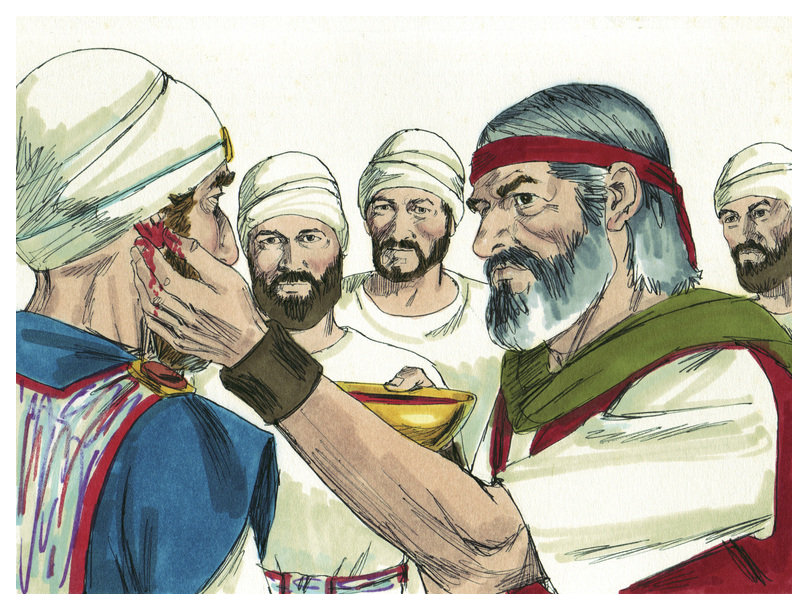
When the leper heals, he brings two live birds, cedar, crimson wool, and hyssop. The priest will slaughter one bird onto a clay vessel filled with fresh water. He will then dip the live bird, with the cedar, crimson wool, and hyssop, in the mixture of blood and water. He will sprinkle it on the […]
Parashat Tazria: Monsieur Le Peh Ra
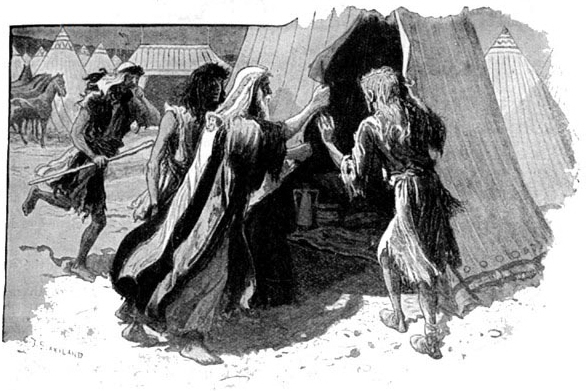
As seen in the Jewish Journal This is the story of Peh Ra. All his life, Peh Ra felt like a cattle owner, walking among his animals and marking them with a red-hot branding iron. Peh Ra had a nice collection of branding irons. Some people he branded “losers,” others were marked “nerds” or “geeks” […]
Parashat Vayakhel: Shabbat vs. Idolatry

Shabbat vs. Idolatry Shabbat is the last commandment given to the Israelites before they make the Golden Calf, and it is mentioned twice immediately afterwards (Ex. 31:12-18; 34:21; 35:1-3). In the first occurrence Shabbat is called a covenant, and in the last it is introduced with the words VaYakhel Moshe – Moshe gathered the congregation. […]
Parashat Tetzave: Creativity is Next to Godliness
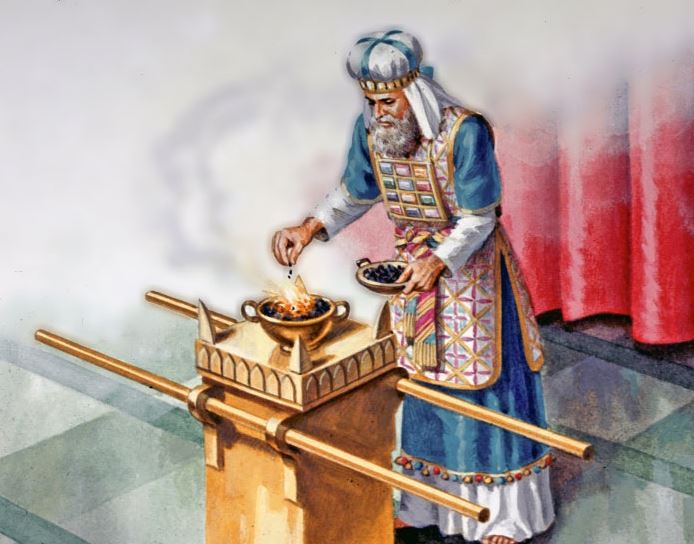
Forgotten Piety Creating Godliness In Parashat Tetzave we read of women and men who were endowed with a divine spirit of wisdom, intelligence, and knowledge. Those men and women were responsible for the creative craftsmanship and the detailed construction of the Mishkan: רוח אלקים… בחכמה ובתבונה ובדעת… מלאכת מחשבת These Hebrew words resonate with our […]
Parashat Terumah: Home, Mishkan, Eden

Mishkan and Home What can the Mishkan be analogized to? When I present this question at a class, the first, intuitive answer, is that the Mishkan resembles a home, and the second, which comes after a minute of contemplation, is the Garden of Eden. Like a home, the Mishkan has a table, a candelabra, a […]
Parashat Misphatim: A Beginner’s Guide to Piety

Forgotten Piety Immediately following the revelation on Mount Sinai, the Israelites are handed a long list of laws and regulations, detailed in Parashat Mishpatim. Surprisingly, these laws have very little to do with rituals, sacrifices, or spirituality. Rather, they deal with financial and physical damages, and with the responsibilities of borrowers and renters. To understand […]
Parashat Yitro: The Ten Concepts
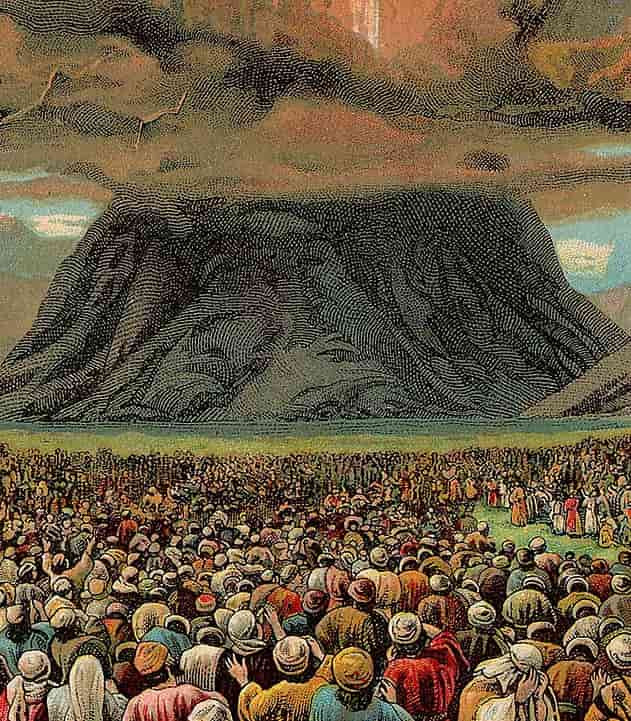
Concepts, not Commandments The famous term “Ten Commandments” is a misnomer. In the three references in the Torah to what we call the Ten Commandments, one term is used: עשרת הדברים – the Ten Concepts. ויכתוב על הלוחות את דברי הברית, עשרת הדברים He [Moshe] wrote on the tablets the words of the covenant, the […]
Parashat BeShalah: Miriam’s Holy Song
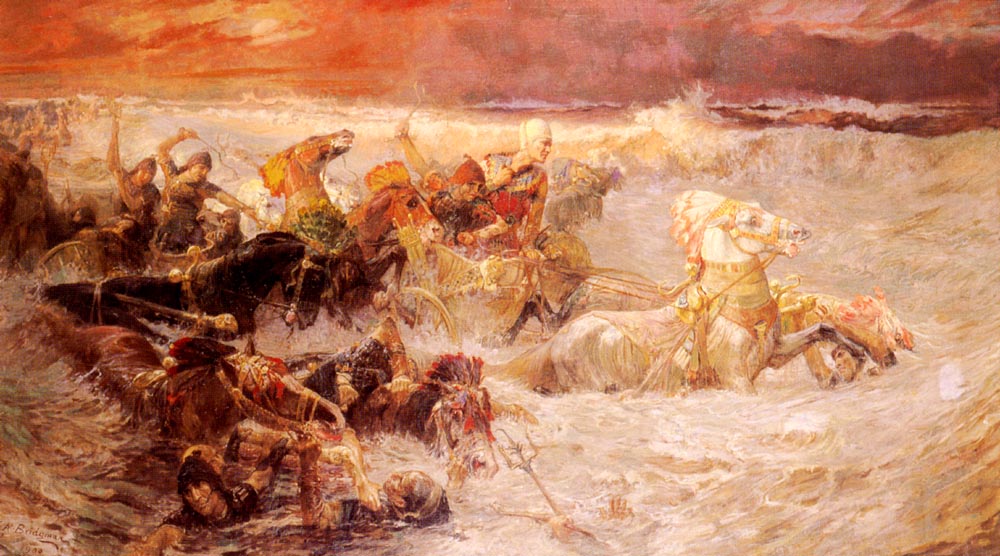
Women, Men, and Angels When the Israelites left Egypt and God split the sea for them the angels wanted to praise Him. He told them: “let Moshe and Israelites sing first”. And so it was that the Israelite men sang first, the angels sang last, and the women sang in between. This beautiful scene is […]
